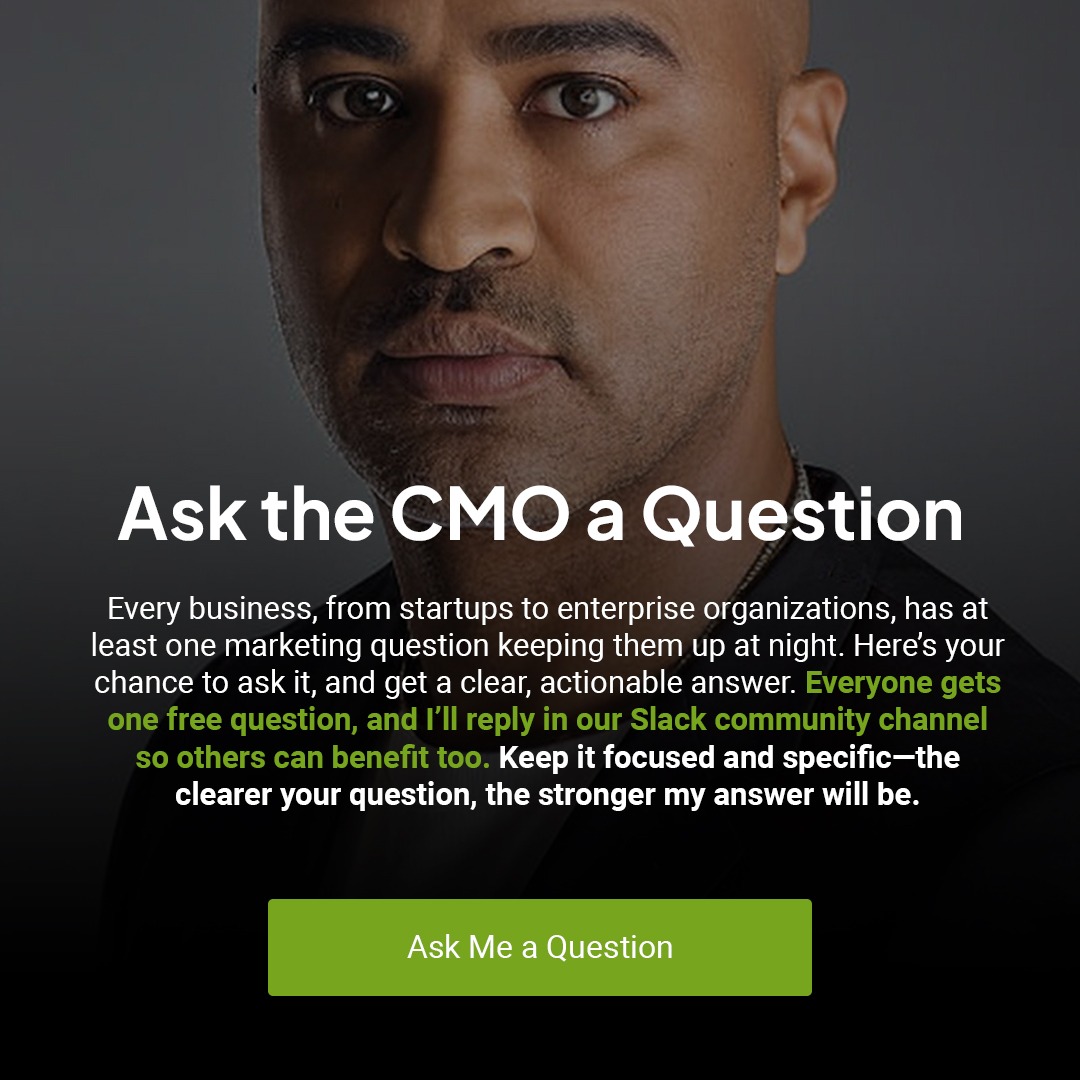There is a certain kind of account that arrives wrapped in urgency and praise. They hire you because you are the expert, then argue with every recommendation. They promise payment, then fall behind and ask you to keep going because the work is too important to pause. They pull your senior people into late-night edits, they loop in new voices every week, they change the brief after each meeting.
Meanwhile, your good clients wait while you try to rescue the loud one. After a few months, the team is tired, your cash flow is stressed, and your reputation is attached to work you would never choose to ship.
You do not need to accept this as the price of growth. You can prevent it with better qualifications, contain it with clearer terms, and end it without drama. The goal is not to teach anyone a lesson. The goal is to protect capacity for clients who match your values and benefit from your best work.
See the problem early
A bad fit typically shows up before the first invoice. Watch for boundary testing during discovery, such as requests to begin work before a signed agreement or receipt of a deposit. Watch for discount fishing, especially when the scope remains the same. Watch for decision fog, when no one can name the economic buyer. Watch for language that treats your team as hands instead of experts, since that language usually becomes behavior under pressure.
If you proceed, lock a few things. Scope with assumptions and exclusions. Acceptance criteria that define done. A timeline that includes client inputs and approval windows. A clear payment schedule with simple rules. Work begins after funds clear. Work pauses automatically on day six if an invoice is unpaid. One tracker holds scope, approvals, and payments, so you can point to facts rather than argue feelings.
Decide when to stay and when to go.
Staying is reasonable when the issue is temporary. A funding close is a few weeks away. A key approver is out, then back. The account offers strategic value, such as a case you can publish or a channel you cannot reach alone. You can isolate the pain to a tight phase with premium pricing.
Leaving is right when behavior crosses lines, such as yelling or public blame. Leaving is right when payments slip twice. Leaving is right when the client refuses to follow the agreed plan, or when the account blocks your ability to serve better-fit clients that are ready to move.
A helpful prompt: if you would not accept this client again tomorrow at the same terms, begin the exit plan today.
Exit without drama
Start with the temperature check. Write a short note that lists the issues, the dates, and the impact on the plan. Offer a remediation window with specific actions and owners. Many accounts improve when you make the impacts visible.
If nothing changes, schedule a meeting with the economic buyer. State facts, not feelings. Share the remediation plan and the consequences of no change, such as a scope reset, a fee increase, or a wind-down. Send a short written notice that cites the agreement, confirms final deliverables, and names the termination date.
Conduct a final sprint that focuses on handover assets, including source files, status notes, and credentials. Do not accept new scope. Exchange deliverables for the final payment. If payment fails, hold transfer until it is resolved, just as your contract allows.
When it is over, run a calm internal review. What red flags did we miss? Which questions will we add to discovery? Which clauses will we tighten, and how will we avoid this pattern next time?
Strengthen the system so bad clients cannot thrive
Price outcomes, not tasks. Stage gate delivery, so the next phase does not begin without acceptance. Require access to the buyer, since you cannot succeed through intermediaries. Keep a weekly decision log that lists what was decided, by whom, and what inputs are missing. Protect capacity by refusing to over assign your seniors to one volatile account.
Most of all, keep your pipeline healthy so you never feel trapped. Bad fit revenue is a tax you pay when business development is weak. It is easier to fire a client when three better fits are in late stage conversations.
A few words that help in hard moments
Scope: “Happy to add that item, it changes the plan and the fee. I will send a brief update to ensure we maintain high quality.”
Payment: “Per our agreement, work pauses after day five without payment. We will resume as soon as AP confirms.”
Conduct: “We expect professional behavior on both sides. If this continues, we will need to reevaluate the engagement.”
Exit: “The best outcome is to wind down. We will complete the listed items and transfer the materials by the specified date once the final invoice is settled.”
Short, clear, calm. These lines protect the team and maintain a professional tone.
What to do the day after
Refill the capacity with intention. Activate your partner network. Reach out to the people who engaged with recent talks and webinars. Send a few targeted offers to buyers who match your best work. Tell your team why you drew the line and share the math. Confidence returns quickly when people see leadership make a careful decision.
The close
Firing a client is not a tantrum. It is a decision to protect margins, morale, and your reputation. Draw the line early, enforce it fairly, and keep your calendar open for work that deserves your best.
Keep Reading
Want more? Here are some other blog posts you might be interested in.
He looked across the conference room table at me and said, almost in a whisper, “I hate to be the bad ...
There is a scene that repeats itself in a lot of young companies. It is Monday morning, the leadership team is ...
If a society loses the ability to sit with its own thoughts, has something rotten taken hold at the core, or ...
For founders and growing companies
Get all the tips, stories and resources you didn’t know you needed – straight to your email!




